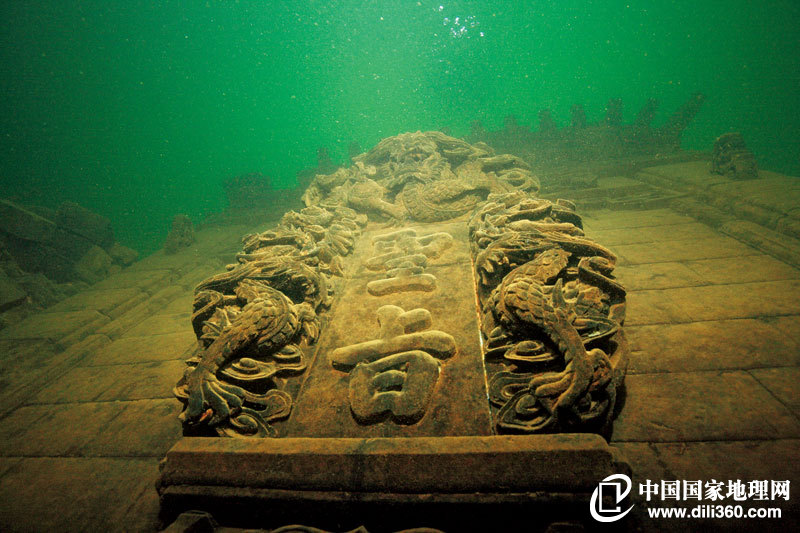 |
|
According to records, 265 memorial archways were submerged after the impounding of China’s first hydroelectric station—Xinanjiang hydroelectric station. This brick archway, built according to the emperor’s order, was buried under water, along with its story, for almost 60 years. Photo: Wu Lixin [Photo from Chinese Heritage]
|
Biaolū and Fayue: The Origin of the Memorial Archways
There is no agreement among experts on the origin of memorial archways. In terms of structure, the memorial archway is considered to have developed from a basic framework with “two vertical pillars and one horizontal slab” which resembles the “hengmen” described in The Book of Poetry. In The Yingzao Fashi during the Song Dynasty, a treatise on archway architectural methods or state building standards, there is a sentence which reads, “Take a horizontal wooden beam as a door. If there is no loft above, it can be called a hengmen.” When translated into modern Chinese, it means that a door which consists of a horizontal beam supported by two pillars and has no loft above is a hengmen. According to the ancient definition, although hengmen can be used as a resting place or to divide space, it doesn’t have any symbolic meanings like a memorial archway and therefore is essentially different from the latter despite their similar structures.
We recommend:
